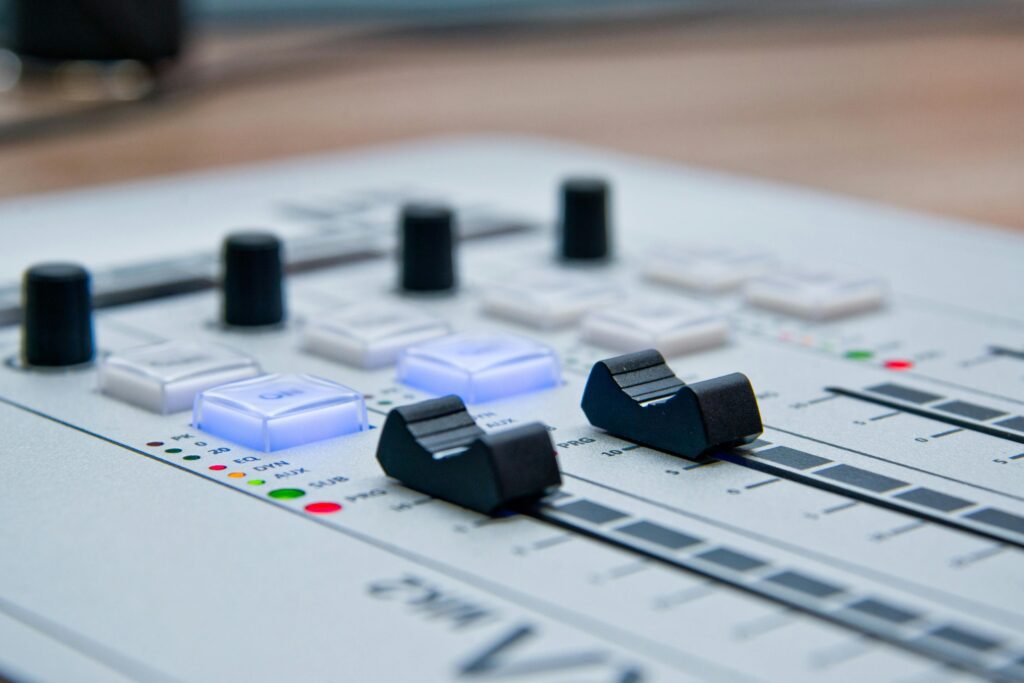Don’t let choosing the wrong plastering mixer ruin your finish – discover the exact type you need for flawless, professional results every time
When it comes to achieving that perfect plastered finish, having the right mixer isn’t just helpful – it’s absolutely essential. Whether you’re a DIY enthusiast or a seasoned professional, understanding which plastering mixer suits your specific needs can make the difference between a flawless finish and a frustrating failure. Let’s dive into everything you need to know about selecting the perfect plastering mixer for your projects.
Understanding Plastering Mixer Basics
Before delving into specific models and recommendations, it’s crucial to understand the fundamental types of plastering mixers available in today’s market. Each type comes with its own set of advantages and ideal use cases. The three main categories include electric paddle mixers, cordless mixers, and drill-mounted attachments. Electric paddle mixers are the workhorses of the industry, offering consistent power and reliable performance for extended mixing sessions. Cordless models provide exceptional mobility and convenience, while drill-mounted options serve as cost-effective solutions for smaller jobs.
- Electric Paddle Mixers: High-powered, professional-grade tools designed for regular use
- Cordless Mixers: Battery-powered units offering maximum portability
- Drill-Mounted Attachments: Economical solutions for occasional use and smaller projects
Power Requirements for Different Plaster Types
Different plastering materials demand varying levels of mixing power and capability. Understanding these requirements is essential for achieving optimal results. For lightweight skimming compounds, a mixer with 800-1200W power output typically suffices. However, when working with heavy-duty rendering materials or thick plasters, you’ll need something more substantial, ideally in the 1500-1800W range.
- Lightweight Skim Coats: 800-1200W
- Standard Plaster: 1200-1500W
- Heavy Rendering: 1500-1800W+
- Multi-Finish Plasters: 1200-1600W
Electric Mixers: The Professional’s Choice
Electric mixers remain the go-to choice for professional plasterers, offering unmatched reliability and performance. The Refina MegaMixer MM30 stands out as an industry favourite, providing exceptional mixing power and durability. With its 1800W motor and ergonomic design, it handles everything from fine finishes to heavy renders with ease. The Eibenstock 1800W mixer represents another excellent option, featuring variable speed control and superior build quality. These professional-grade tools typically offer features like soft-start technology, thermal overload protection, and ergonomic handles for extended use.
Cordless Innovation: Modern Mixing Solutions
The latest generation of cordless mixers has revolutionised the plastering industry. Leading the pack is the Milwaukee M18 Fuel mud mixer, offering comparable power to corded alternatives while providing unrestricted movement. The DeWalt cordless mixer system similarly impresses with its extended battery life and robust performance. These cordless solutions prove particularly valuable when working in areas with limited power access or when frequent location changes are necessary.
- Milwaukee M18 Fuel: Up to 45 minutes continuous mixing per battery charge
- DeWalt Cordless: Features brushless motor technology for extended life
- Rapid charging capabilities: Most batteries reach full charge in under 60 minutes
- Multiple battery compatibility across brand tool ranges
Paddle Mixers and Drill Attachments
For occasional users or those working with smaller quantities, paddle mixers and drill attachments offer a cost-effective solution. The key lies in selecting the right paddle design for your specific material. Helical paddles work best for plaster and render, while butterfly designs suit lighter compounds. When using drill-mounted options, ensure your drill provides adequate power – typically minimum 850W for effective mixing.
Paddle selection guide:
- Helical Paddles: Ideal for heavy materials and professional use
- Butterfly Paddles: Perfect for lighter compounds and decorative finishes
- Disc Paddles: Suited for paint and thin materials
Heavy-Duty Mortar Mixers
For large-scale projects or commercial applications, heavy-duty mortar mixers become essential tools. The Whiteman steel-drum and polyethylene-drum mixers offer exceptional durability and mixing capacity. The MARSHALLTOWN mortar/plaster mixer, equipped with a 7 HP gas engine, provides industrial-grade performance for the most demanding jobs. These machines typically feature:
- Large capacity drums (typically 150-300 litres)
- Powerful motors or engines
- Heavy-duty construction
- Multiple mixing paddle configurations
Making Your Final Selection
When choosing your ideal plastering mixer, consider these crucial factors:
- Typical project size and frequency
- Common materials you’ll be mixing
- Power availability on site
- Budget constraints
- Storage and transportation requirements
For professional plasterers working daily, investing in a high-quality electric mixer like the Refina MegaMixer MM30 or a premium cordless solution makes economic sense. DIY enthusiasts might find better value in a quality drill-mounted system or mid-range electric mixer. Remember to factor in maintenance costs and potential repair requirements when making your final decision. The right mixer will not only make your work easier but will also contribute significantly to achieving those perfect, professional finishes every time.
FAQ
How to get a smooth finish on plaster?
A light mist spray directly onto the plaster can be used, followed by smoothing with a tool or even a damp sponge. These steps will help in achieving a smooth finish for painting or other decoration.
How do you mix plaster without lumps?
Always add the plaster powder to the water gradually, never the other way around, and mix gently to avoid lumps and incorporate air bubbles; use a paddle mixer for best results and ensure the consistency is smooth and creamy, similar to heavy cream.
Can I skim over plaster the next day?
You want your plaster to be damp, so the next layer can sufficiently adhere to it. Leave it to dry: Before decorating your wall, leave your plaster to dry for at least a week.
How do you mix plaster perfectly?
Mix the plaster into cold water (the composition of both should be 50/50), and whisk briskly until it has a thick and creamy consistency. If you have not got a mechanical mixer, a piece of wood will also do the trick. Once you have finished, be sure to check there are no lumps.
What machine is used to mix plaster?
Paddle mixers. Paddle mixers, also know as plaster mixers, make mixing plaster, adhesives, mortar, concrete and other substrates easier and quicker. The rotating paddles help to eliminate any lumps in the mixture for a better finish.
Sources
[1] https://www.amazon.com/plaster-mixer/s?k=plaster+mixer
[2] https://www.jkcement.com/blog/basics-of-cement/tips-for-plastering-and-mortar-mix/
[3] https://www.youtube.com/watch?v=fcD9P9T0REk

